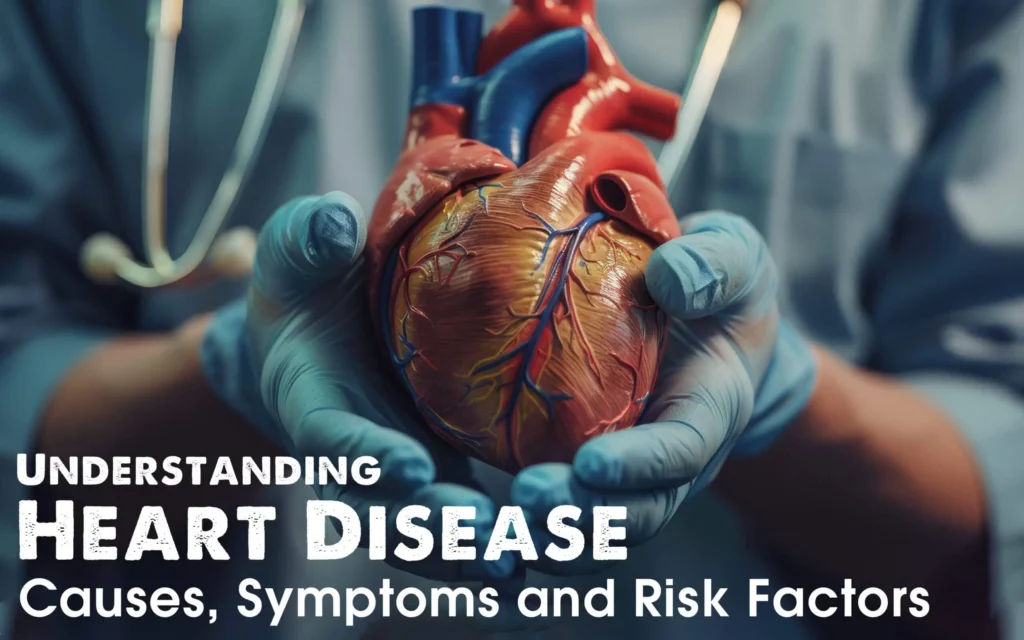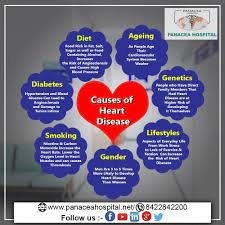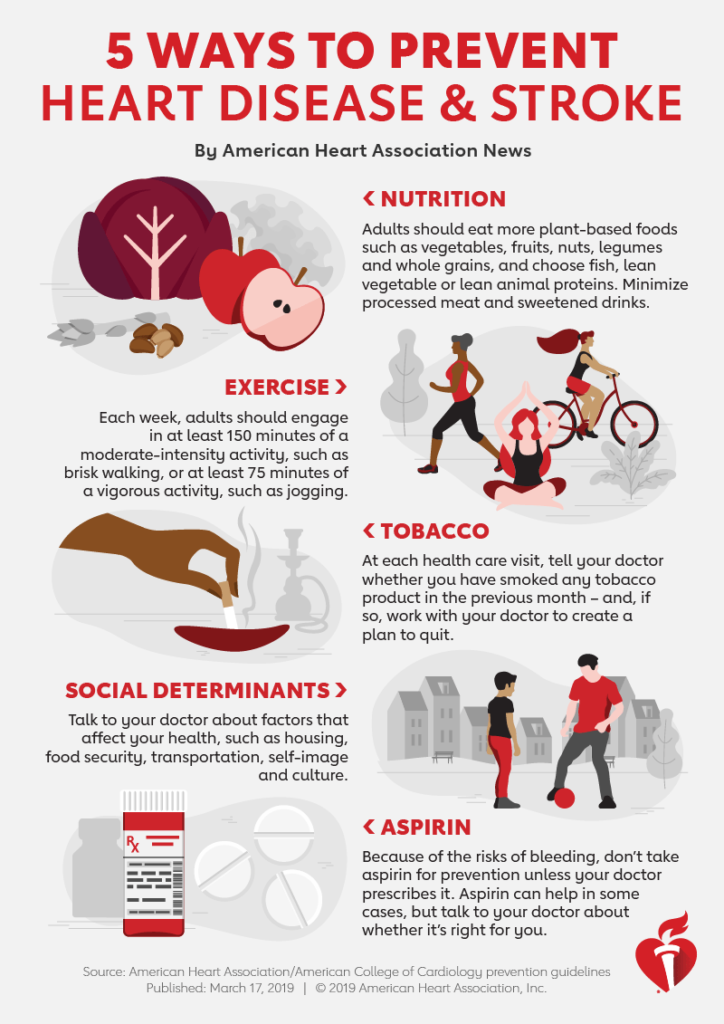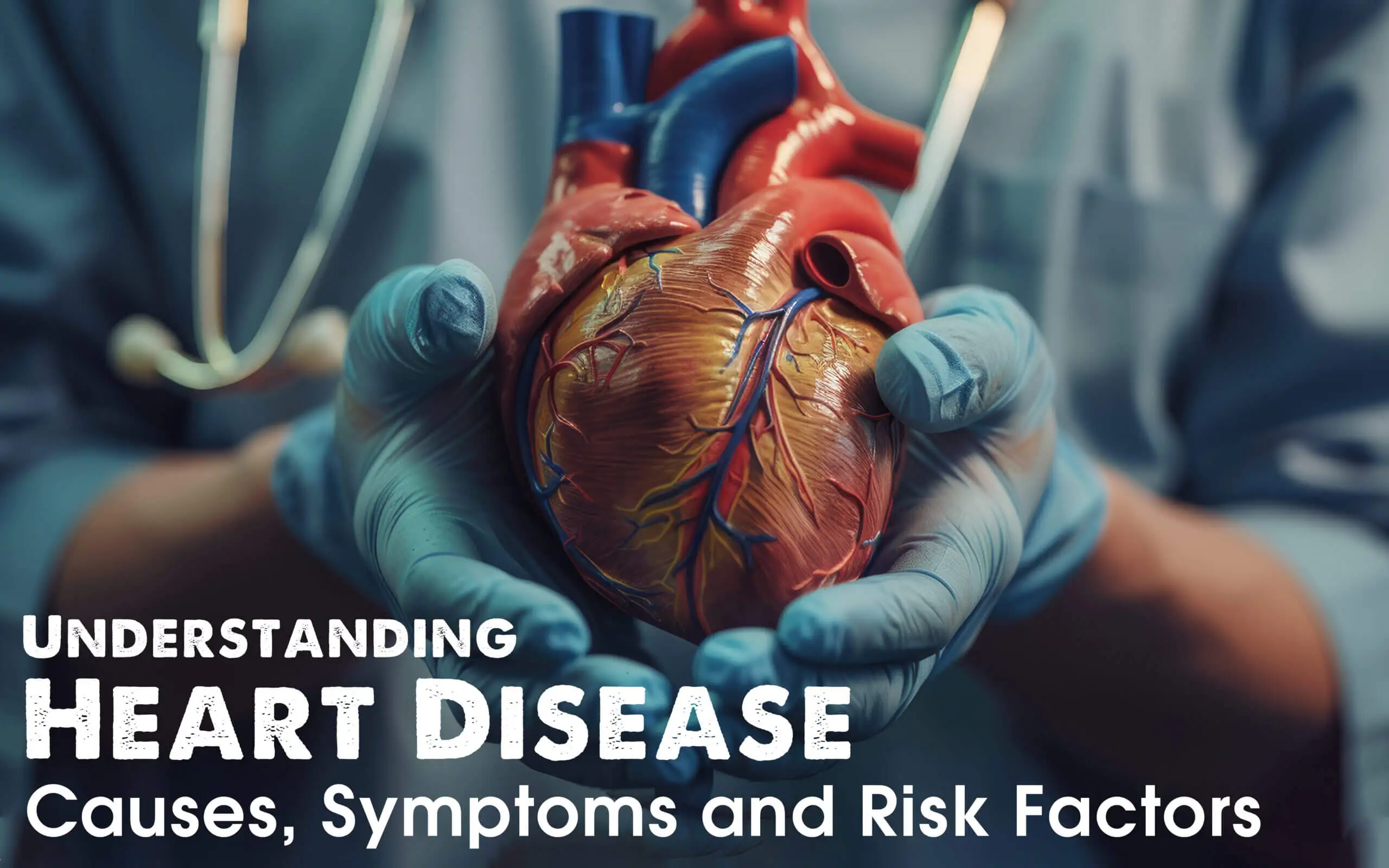Contents
Understanding Heart Disease
Heart disease is a broad term that encompasses a range of conditions that affect the heart. It is the leading cause of death for both men and women around the world. Understanding the causes, symptoms, and prevention of heart disease is crucial for maintaining heart health and reducing the risk of developing cardiovascular problems.

Causes of Heart Disease
There are several factors that can contribute to the development of heart disease. Some of the primary causes include:
- High Blood Pressure: Also known as hypertension, high blood pressure forces the heart to work harder, leading to an increased risk of heart disease.
- High Cholesterol: When there is an excess of cholesterol in the blood, it can build up in the walls of the arteries, narrowing the passageways and increasing the risk of heart disease.
- Smoking: Tobacco smoke contains chemicals that can damage the heart and blood vessels, increasing the risk of heart disease.
- Diabetes: People with diabetes are at a higher risk of developing heart disease due to high blood sugar levels damaging the arteries over time.
- Obesity: Being overweight or obese can lead to conditions such as high blood pressure and diabetes, which are risk factors for heart disease.
- Poor Diet: Consuming a diet high in saturated fats, trans fats, and cholesterol can contribute to the development of heart disease.
- Physical Inactivity: Lack of regular physical activity can lead to conditions such as obesity and high blood pressure, increasing the risk of heart disease.
- Family History: A family history of heart disease can increase an individual’s risk of developing the condition.

Symptoms of Heart Disease
The symptoms of heart disease can vary depending on the specific condition. However, some common symptoms to be aware of include:
- Chest Pain or Discomfort: This is one of the most common symptoms of heart disease and can feel like pressure, tightness, or a squeezing sensation in the chest.
- Shortness of Breath: Difficulty breathing or shortness of breath, especially during physical activity, can be a sign of heart disease.
- Heart Palpitations: Irregular heartbeats or a feeling that the heart is racing or pounding in the chest.
- Dizziness or Lightheadedness: Feeling lightheaded or dizzy can be a symptom of various heart conditions.
- Swelling in the Legs, Ankles, or Feet: Retaining fluid in the lower extremities can be a sign of heart failure.
- Fatigue: Unexplained fatigue or weakness, especially if it occurs with any of the above symptoms, can indicate heart disease.

Prevention of Heart Disease
While some risk factors for heart disease, such as family history, cannot be modified, there are several steps individuals can take to reduce their risk of developing heart disease:
- Healthy Diet: Consuming a diet rich in fruits, vegetables, whole grains, lean proteins, and healthy fats can help lower the risk of heart disease.
- Regular Exercise: Engaging in moderate-intensity aerobic activity for at least 150 minutes per week can help improve heart health.
- Quit Smoking: Quitting smoking and avoiding exposure to secondhand smoke can significantly reduce the risk of heart disease.
- Manage Stress: Chronic stress can contribute to heart disease, so finding healthy ways to manage stress is important for heart health.
- Maintain a Healthy Weight: Achieving and maintaining a healthy weight can reduce the risk of heart disease and other health conditions.
- Regular Health Check-ups: Monitoring blood pressure, cholesterol levels, and other heart disease risk factors through regular check-ups with a healthcare provider is essential for prevention.
- Limit Alcohol Consumption: Drinking too much alcohol can raise blood pressure and contribute to the development of heart disease, so it’s important to drink in moderation.
- Manage Chronic Conditions: Controlling conditions such as high blood pressure, diabetes, and high cholesterol can help prevent heart disease complications.
By understanding the causes, recognizing the symptoms, and taking proactive steps to prevent heart disease, individuals can significantly reduce their risk and promote overall heart health.
Preventing Heart Disease
Fortunately, there are several steps individuals can take to reduce their risk of developing heart disease. Adopting a healthy lifestyle and making proactive choices can significantly improve heart health and lower the chances of experiencing a heart-related event.
Maintain a Healthy Diet
One of the most important steps in preventing heart disease is to maintain a healthy, balanced diet. This includes:
- Eat More Fruits and Vegetables: Fruits and vegetables are rich in fiber, vitamins, and antioxidants that can help lower cholesterol and blood pressure levels.
- Choose Whole Grains: Whole grains, such as whole wheat, brown rice, and oats, are higher in fiber and can help reduce the risk of heart disease.
- Limit Saturated and Trans Fats: Consuming too much saturated and trans fats can raise cholesterol levels and increase the risk of heart disease. Focus on healthy unsaturated fats, like those found in avocados, nuts, and olive oil.
- Reduce Sodium Intake: High sodium consumption is linked to high blood pressure, a major risk factor for heart disease. Aim to limit your daily sodium intake to less than 2,300 milligrams.
- Drink in Moderation: Moderate alcohol consumption, defined as up to one drink per day for women and up to two drinks per day for men, may have some cardiovascular benefits. However, excessive alcohol consumption can be harmful to heart health.

Engage in Regular Physical Activity
Regular physical activity is essential for maintaining a healthy heart. Aim for at least 150 minutes of moderate-intensity aerobic activity or 75 minutes of vigorous-intensity aerobic activity per week, or a combination of both. Some examples of heart-healthy activities include:
- Brisk Walking: Walking at a brisk pace for 30 minutes or more per day can help improve cardiovascular health.
- Swimming: Swimming is a low-impact exercise that can strengthen the heart and improve overall fitness.
- Cycling: Cycling, either outdoors or on a stationary bike, is a great way to get your heart rate up and improve cardiovascular health.
- Strength Training: Incorporating strength training exercises, such as weightlifting or resistance training, can help build muscle and improve overall heart health.
In addition to aerobic and strength training activities, it’s also important to reduce sedentary behavior and avoid prolonged periods of inactivity throughout the day.
Manage Stress and Get Enough Sleep
Chronic stress and lack of sleep can have a negative impact on heart health. Implementing stress management techniques and ensuring you get enough quality sleep can help reduce the risk of heart disease. Some strategies include:
- Practice Relaxation Techniques: Engage in activities like meditation, deep breathing, or yoga to help manage stress and promote overall well-being.
- Get Enough Sleep: Aim for 7-9 hours of quality sleep each night to allow your body to rest and recharge.
- Seek Social Support: Maintaining strong social connections and surrounding yourself with a supportive network of friends and loved ones can help alleviate stress and improve mental health.
- Prioritize Work-Life Balance: Make a conscious effort to balance your work and personal life, taking breaks and time for yourself to prevent burnout and reduce stress levels.
Understanding Risk Factors and Early Intervention
Recognizing your individual risk factors for heart disease is crucial in taking proactive steps to maintain heart health. Some key risk factors to be aware of include:
- Age: The risk of heart disease increases with age, with the majority of heart attacks occurring in people over the age of 65.
- Gender: Men are generally at a higher risk of developing heart disease compared to women, although the risk for women increases after menopause.
- Family History: Individuals with a close relative (parent, sibling, or child) who has had heart disease are at an increased risk of developing the condition themselves.
- Ethnicity: Certain ethnic groups, such as African Americans, have a higher prevalence of risk factors for heart disease, like high blood pressure and diabetes.
- Preexisting Conditions: Individuals with conditions like high blood pressure, high cholesterol, diabetes, or obesity are at a higher risk of developing heart disease.
Regular check-ups and screening tests can help identify any potential risk factors or early signs of heart disease. This allows for timely intervention and the implementation of preventive measures to mitigate the risk. Some common screening tests include:
- Blood Pressure Screening: This simple test measures the force exerted by the blood on the walls of the arteries, and high blood pressure is a major risk factor for heart disease.
- Cholesterol Screening: A blood test that measures the levels of different types of cholesterol, including LDL (bad) cholesterol and HDL (good) cholesterol, can help identify any imbalances that may contribute to heart disease.
- Glucose Test: A blood test that measures the level of glucose (sugar) in the blood, which can help detect diabetes, a significant risk factor for heart disease.
- Body Mass Index (BMI) Calculation: This measurement of body fat based on height and weight can help identify if an individual is overweight or obese, putting them at a higher risk of heart disease.
- Electrocardiogram (ECG): This non-invasive test measures the electrical activity of the heart and can help detect any abnormalities or signs of underlying heart disease.
By understanding your individual risk factors and regularly undergoing medical screenings, you can work closely with your healthcare provider to develop a personalized plan for heart disease prevention and early intervention if necessary.
The Importance of Cardiac Rehabilitation
Cardiac rehabilitation is a comprehensive program designed to help individuals with heart disease or those who have experienced a cardiac event, such as a heart attack or heart surgery, to recover and improve their overall heart health. The main components of cardiac rehabilitation include:
- Exercise Training: Supervised exercise programs tailored to the individual’s needs and fitness level help improve cardiovascular fitness, muscle strength, and overall physical function.
- Education and Counseling: Patients receive education on heart-healthy lifestyle changes, such as diet, stress management, and smoking cessation, as well as counseling to help them better understand and manage their condition.
- Psychological Support: Cardiac rehabilitation programs often include counseling and support to address the emotional and mental health aspects of recovering from a cardiac event, which can be crucial for maintaining long-term adherence to a healthy lifestyle.
- Medication Management: Healthcare providers work closely with patients to ensure proper medication adherence and management, as well as monitor for any potential side effects or interactions.
Participation in a cardiac rehabilitation program has been shown to significantly improve outcomes for individuals with heart disease. Studies have demonstrated that cardiac rehabilitation can:
- Reduce the risk of future cardiac events and hospitalizations
- Improve exercise capacity and physical function
- Enhance quality of life and overall well-being
- Decrease the likelihood of depression and anxiety
- Increase adherence to heart-healthy lifestyle changes
Despite the well-documented benefits, cardiac rehabilitation is often underutilized, with only a small percentage of eligible patients actually participating in these programs. Increasing awareness and accessibility to cardiac rehabilitation services is crucial in supporting the long-term heart health and recovery of individuals with heart disease.
…> Back home





